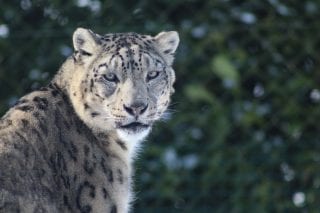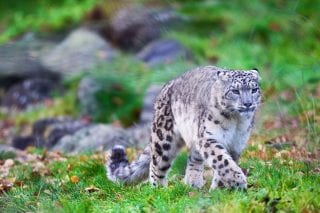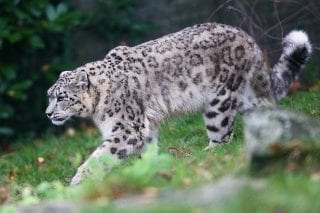Fun facts
Fluffy paws
Snow leopards have extra-large paws that act like snowshoes to keep them from sinking in the snow.
The long jump
Snow leopards can jump as far as 15 m and can jump 6 m vertically.
Can you hear me?
Unlike the other big cats, snow leopards are unable to roar. Instead, they make a puffing sound called a ‘chuff’. They also make a range of other noises including hisses, growls and mews.
On the move
Snow leopards are nomadic and constantly move around their territory to hunt. They also make long treks out of their home ranges and can cover great distances in a short period of time.


